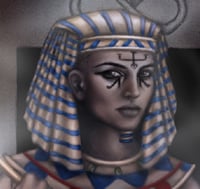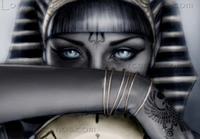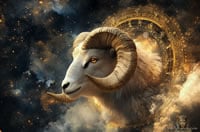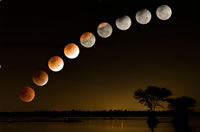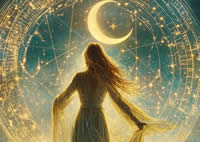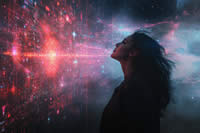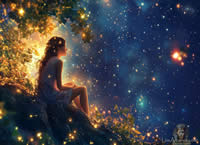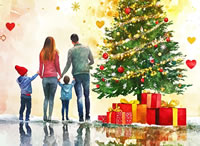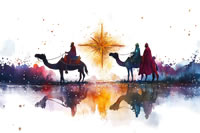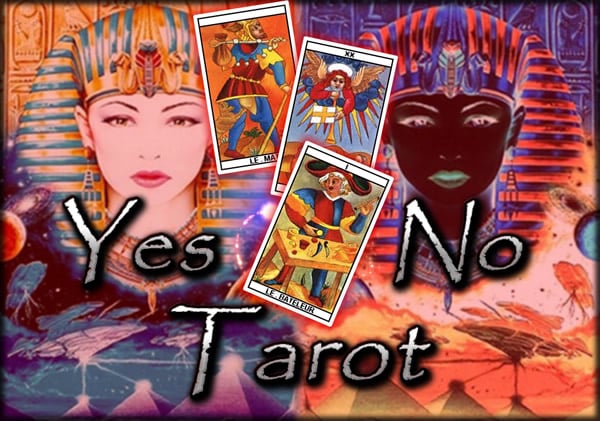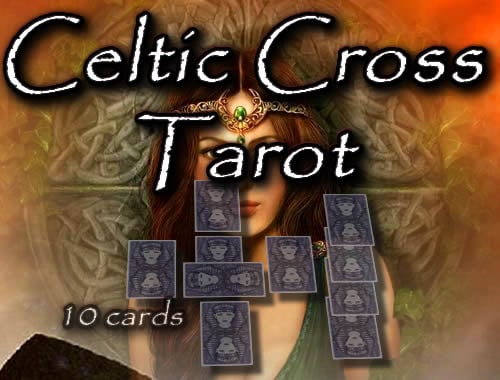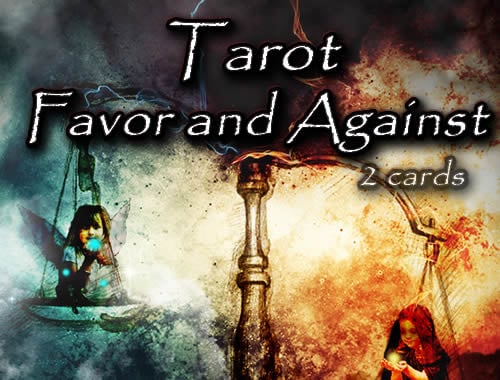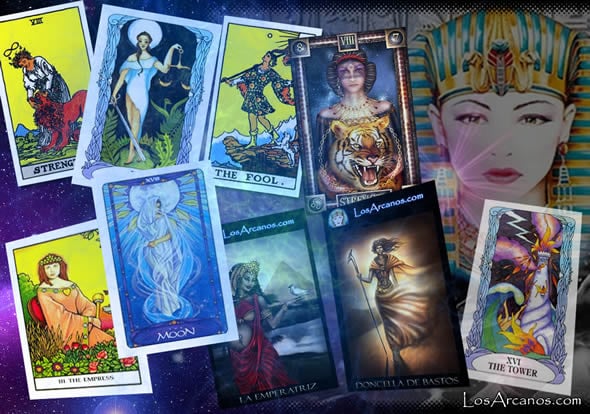Telling Stories in Tarot Readings: Making Connections Between Cards
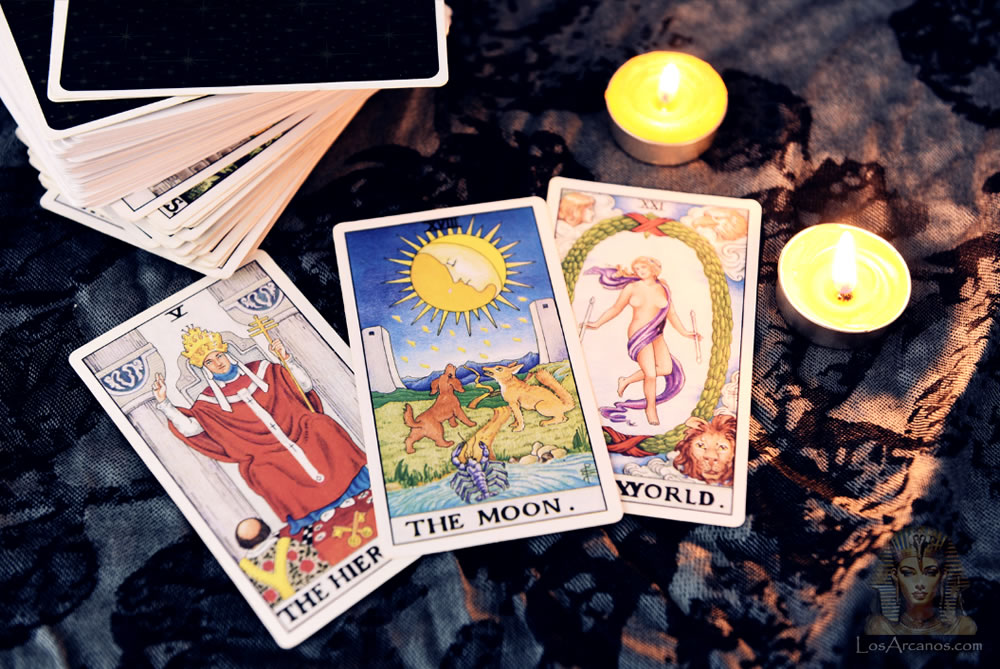
The ability to connect cards in a tarot reading is what transforms a spread of symbols into a powerful and enlightening narrative. Understanding the links between tarot cards is one of the most essential skills for making sense of a reading. It allows the reader to interpret combinations meaningfully and logically. This article explores how to establish these connections and turn the cards into an effective tool for self-discovery and reflection.
Why Is It Important to Connect Cards in a Tarot Reading?
In a reading, each card holds an individual meaning, but their true power emerges when they are intertwined to tell a story. These connections provide a deeper understanding of the situation and allow the message to be interpreted more clearly and relevantly. Without these relationships, the cards can feel disjointed, making it challenging to provide insights or guidance to the querent.
How to Establish Connections Between Cards
1. Understand the Individual Meaning of Each Card
The foundation of connecting cards lies in knowing the symbolism and primary interpretations of each one. For example, The Fool represents a new beginning or a leap of faith, while The High Priestess embodies hidden wisdom and intuition. Recognizing these meanings is crucial before attempting to relate the cards.
2. Build a Logical Story
Once you grasp the individual meanings, the next step is to relate them in a coherent and logical way. Imagine you’re telling a story where each card represents a chapter or event. For instance, if The Fool appears alongside The High Priestess, you might interpret this as a leap into the unknown that leads to uncovering hidden truths or gaining essential knowledge.
3. Adopt a Playful Mindset
Tarot doesn’t have to be a rigid or intimidating process. Instead of focusing on finding “the right answer,” think of it as exploring possibilities and creating a narrative that makes sense for the querent’s situation. In this context, tarot can be compared to a comic strip: each card is a panel, and the reader weaves the sequence into a story that comes alive.
4. Use Questions to Guide the Connection
Asking questions about how the cards relate can help uncover a cohesive thread. For example:
- What event or energy connects the first card to the second?
- How does each card contribute to the overall narrative?
- What message might the tarot be highlighting with this combination?
Practical Example: Connecting Cards in a Spread
Imagine a spread that includes The Tower and The Emperor:
- The Tower signifies crisis, sudden change, or a dramatic upheaval.
- The Emperor represents structure, stability, and control.
Together, these cards could tell the story of someone experiencing a collapse in their structured life, requiring them to rebuild on a more solid foundation. Alternatively, it might suggest that rigidity and excessive control led to the initial breakdown, highlighting the need for balance.
The Connection Between Cards and Self-Discovery
Connecting cards not only enriches the interpretation but also invites the querent to reflect on their life from a fresh perspective. By projecting their situation onto the narrative created by the cards, the querent can uncover behavioral patterns, limiting beliefs, or unexplored possibilities. In this way, tarot becomes a tool not just for prediction but also for personal and spiritual growth.
Conclusion: Tarot as a Journey of Stories and Connections
The art of connecting tarot cards transforms a reading into a narrative experience that encourages introspection and reflection. Each card contributes a unique piece to the puzzle, but it’s the reader who brings the full picture to life through creativity and logic. Beyond providing answers, tarot offers an opportunity to explore internal stories, unravel hidden meanings, and discover new paths.
Ultimately, tarot’s power lies in its ability to tell stories that resonate deeply with those who seek its guidance. Understanding these connections enhances the reader’s skill and strengthens their ability to empathize, inspire, and guide. Through this process, both the reader and the querent become co-creators of a symbolic journey that can illuminate even the darkest paths.
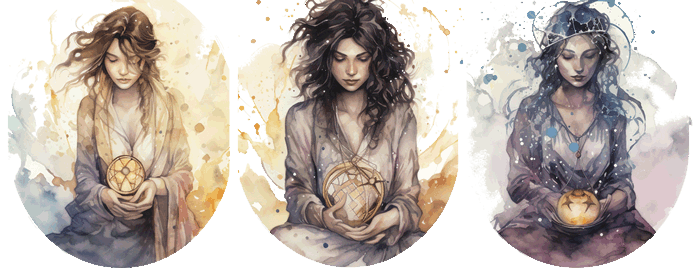
FAQs About Making Connections Between Tarot Cards
1. Why is connecting cards important in a tarot reading?
Connecting cards creates a coherent narrative that enriches the interpretation. While each card offers its meaning, their depth is revealed when they interact, forming a story that reflects the querent’s context and circumstances.
2. How can I start connecting cards as a beginner?
The first step is to understand the individual meanings of the cards. Then, imagine how they relate to one another, as if telling a story. Ask yourself how the energy of one card flows into the next and how they work together to form a logical and meaningful message.
3. Do I need to memorize all possible card combinations?
No, it’s not necessary to memorize specific combinations. The key is to grasp the principles and symbols of each card, which allows for unique interpretations based on the querent’s situation and the spread’s context.
4. What should I do if I can’t find a clear connection between the cards?
If a connection isn’t immediately apparent, relax and view the cards as if they were frames in a story. Let your intuition flow and try to visualize the events or emotions they might collectively represent.
5. Are there strict rules for card combinations?
There are no rigid rules. Tarot reading is an art, not an exact science. While general guidelines exist, each reader brings a unique perspective, and each querent brings their individual context. The key is ensuring the reading makes sense and resonates with the querent.
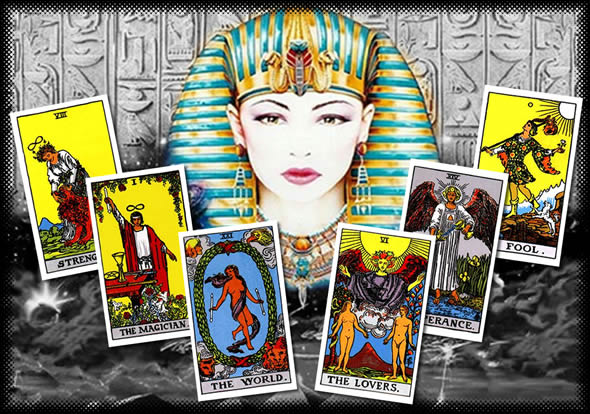
Related Posts
refreshBack to Articles
latest articles
Free one card Tarot reading Yes or No, Tarot reading YES or NO is a spread that answers concrete and precise questions. The YES or NO Tarot reading, can easily remove your doubts...
The Celtic Cross Tarot reading is probably the oldest and most popular pattern for tarot reading. It has survived so long, because the layout of the cards is simple but powerful. A strong energy has built up around ...
Tarot reading in favor and against shows the two different ways that a given situation has and which aspects are in favor and which ones are against
Browse through our entire collection of Tarot decks and cards.




